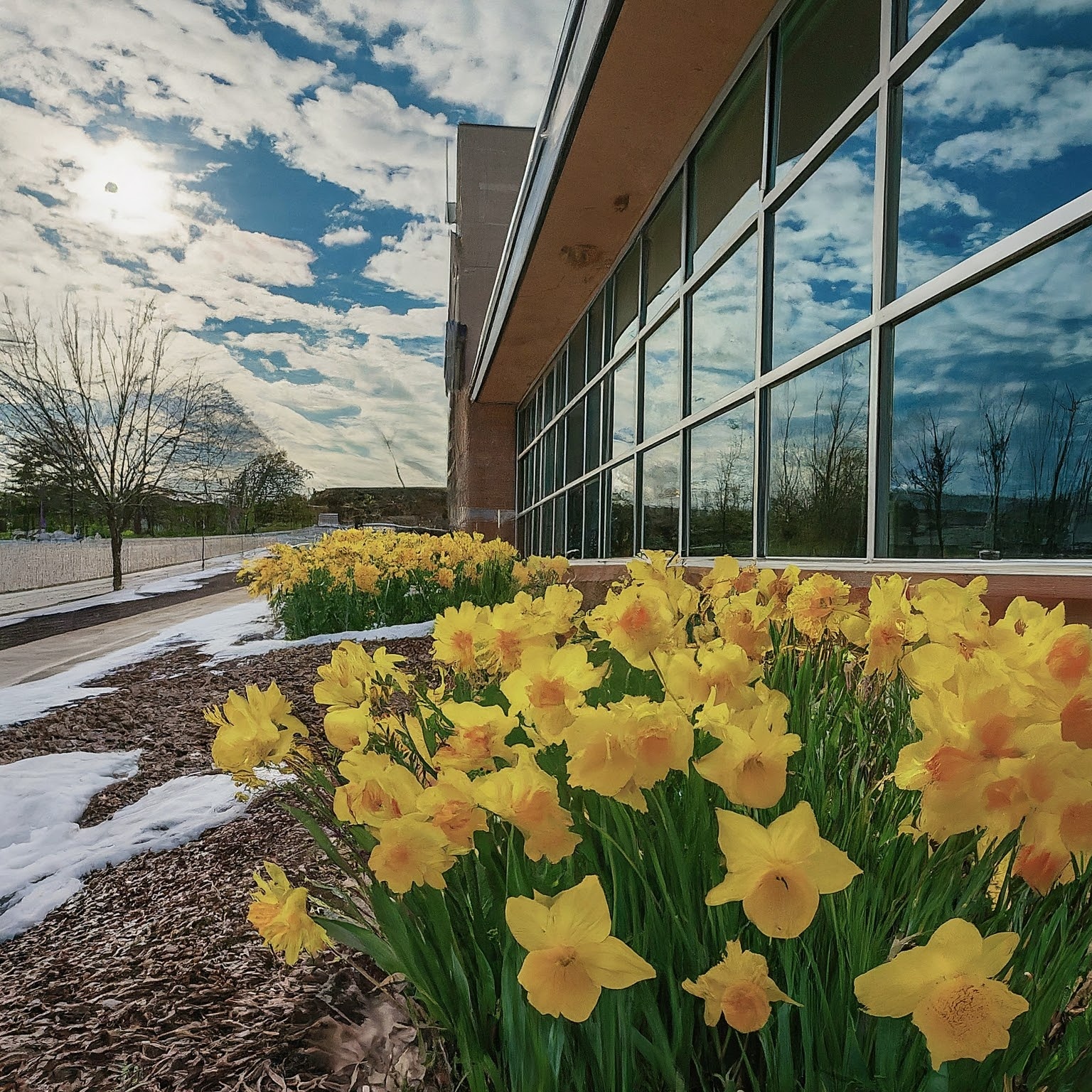
Adapting Office Spaces for Hybrid Work Models
May 13, 2024
In the wake of recent global events, how we work has undergone a significant transformation. The rise of remote work has challenged the traditional office environment, leading businesses to reassess their workspace strategies. As organizations navigate the shift towards hybrid work models, the conventional office space is undergoing a revolution.
Let’s explore how to transform these spaces into dynamic hubs that accommodate the diverse needs of remote and in-office teams alike.
Flexibility is Key: Designing Versatile Workspaces
One of the fundamental principles of adapting office spaces for hybrid work models is flexibility. Gone are the days of rigid cubicles and fixed workstations. Instead, businesses are embracing agile design concepts that allow for seamless transitions between individual work, team collaboration, and remote connectivity.
Open floor plans with movable furniture and modular partitions enable employees to customize their workspace based on their tasks and preferences. Incorporating designated collaboration zones equipped with technology for virtual meetings ensures that remote team members feel fully integrated into the workflow.
Prioritizing Connectivity: Enhancing Technology Infrastructure
In a hybrid work environment, robust technology infrastructure is essential for fostering seamless communication and collaboration. Investing in high-speed internet connectivity, video conferencing systems, and cloud-based collaboration tools empowers employees to collaborate effectively regardless of physical location.
Moreover, implementing a digital workspace platform provides a centralized hub where employees can access resources, communicate with colleagues, and collaborate on projects in real time. Businesses can bridge the gap between remote and in-office teams by prioritizing connectivity and enhancing productivity and engagement.
Promoting Well-being: Creating a Supportive Environment
The shift to hybrid work models also allows businesses to prioritize employee well-being. Beyond ergonomic furniture and natural lighting, creating a supportive environment that promotes work-life balance is essential for fostering a healthy and productive workforce.
Integrating wellness amenities such as meditation rooms, fitness centers, and outdoor spaces into office design encourages employees to prioritize self-care and mental health. Additionally, flexible scheduling options and remote work allowances demonstrate a commitment to supporting employees’ needs and preferences.
Embracing Sustainability: Building Green Workspaces
As organizations strive to reduce their environmental footprint, sustainable design principles are becoming increasingly crucial in office space adaptation. Building green workspaces benefits the planet and enhances employee health, productivity, and morale.
Incorporating energy-efficient lighting, recycled materials, and indoor plants into office design creates a healthier and more sustainable work environment. Furthermore, implementing waste reduction initiatives such as composting programs and reusable office supplies contributes to the organization’s environmental stewardship culture.
Experience the Difference: Partner with ONE SOURCE!
Ready to transform your office space for the hybrid work era? At ONE SOURCE, we specialize in providing comprehensive facility management solutions tailored to your unique needs. Our teams are committed to helping you create a workspace that fosters productivity, collaboration, and well-being.
Contact us today to learn more about our services and how we can support your journey toward a more dynamic and adaptable workplace.
Recent News

Enhancing Indoor Air Quality in Commercial Buildings
November 6, 2025

Implementing Zero-Waste Initiatives in Facility Operations
August 6, 2025

The Ultimate Guide to Facility Management for New Business Owners
May 6, 2025

Spring Readiness: Essential Facility Maintenance Checklist
April 7, 2025

Maximizing Space Utilization in Commercial Properties
February 12, 2025

Keeping Your Commercial Building Healthy: Why Duct Cleaning Matters This Flu Season
January 14, 2025


